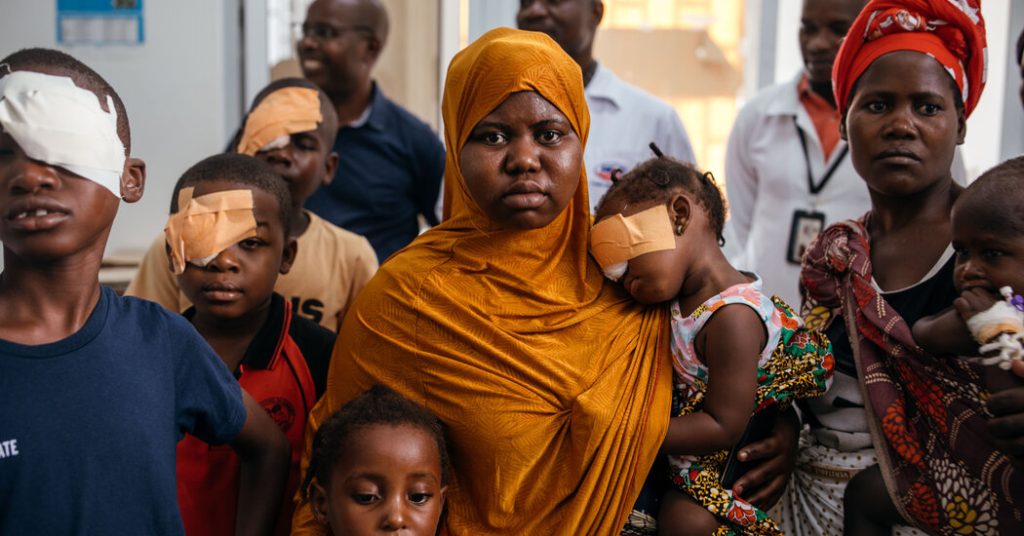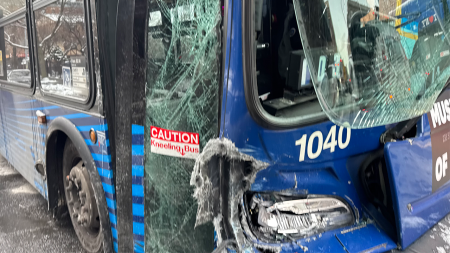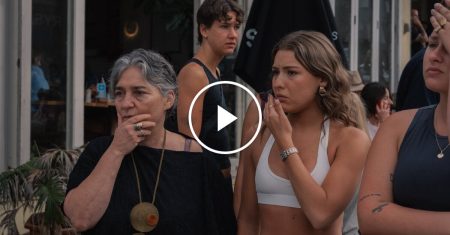Muanema Fakira’s journey to restore her daughter Sumaya’s sight illuminates the challenges and triumphs of pediatric eye care in Mozambique. Sumaya’s cloudy left eye, initially dismissed by local clinics, was eventually diagnosed as a congenital cataract by Dr. Isaac Vasco da Gama, one of only three pediatric ophthalmologists in the nation. This diagnosis, met with initial skepticism by Ms. Fakira, highlighted a prevalent lack of awareness regarding childhood eye conditions. Dr. da Gama’s explanation that infections during or shortly after birth can cause cataracts underscored the importance of early intervention to prevent developmental delays caused by vision impairment. Sumaya’s successful surgery became a testament to both the simplicity of the procedure and the scarcity of trained professionals capable of performing it. The fact that Sumaya’s parents sought medical help instead of traditional remedies signaled a shift in mindset and offered hope for improved eye health outcomes within the community.
Sumaya’s case reveals a broader systemic issue: the inadequate access to eye care in sub-Saharan Africa. Despite many eye conditions being easily treatable, awareness remains low, and the limited availability of trained personnel hinders access to timely interventions. The 2021 global commission report highlighted the staggering number of individuals worldwide, predominantly in low and middle-income countries, suffering from uncorrected vision impairment. The consequences are far-reaching, affecting children’s education and overall development. Children with vision problems are less likely to attend school, and those who do attend often learn at half the rate of their peers with normal vision. This educational disparity further perpetuates the cycle of poverty and limits economic opportunities for individuals and nations. The shortage of trained professionals and the lack of integration of vision care into existing health systems are the primary obstacles.
Dr. da Gama’s experience in Quelimane exemplifies the challenges in establishing effective eye care services. Initially, his clinic saw few patients due to a lack of referrals, stemming from health workers’ inability to recognize treatable eye diseases. This necessitated proactive outreach by Dr. da Gama, educating local medical staff about screening and treatment options. His collaboration with Light for the World, a charitable organization, amplified these efforts, resulting in the development of a comprehensive outreach program targeting teachers, community health workers, traditional healers, and local leaders. This collaborative approach aimed to equip a wider network of individuals to identify vision problems and facilitate referrals to the newly established ophthalmology ward at the Quelimane hospital. This initiative demonstrated the importance of community engagement and education in bridging the gap between those needing care and those who can provide it.
Dr. da Gama’s mobile clinic, traveling to remote communities, brings essential surgical interventions for conditions like cataracts, glaucoma, and strabismus directly to those in need. Cataracts, responsible for nearly half of preventable blindness in Mozambican children, can arise from genetic factors, trauma, or untreated infections. The mobile clinic serves a dual purpose: providing vital surgical services and simultaneously training other healthcare workers in these procedures and the identification of eye conditions. This capacity-building approach empowers local healthcare providers to sustain and expand eye care services within their communities, creating a more resilient and accessible system. By empowering others, Dr. da Gama ensures that the impact of his work extends far beyond his own individual capacity.
The Mozambican Ministry of Health is actively working to raise awareness about vision problems and refractive errors, recognizing the transformative potential of simple interventions like eyeglasses. The provision of glasses or surgeries that enable children to stay in school has a ripple effect, positively impacting families and the nation’s overall development. Educated and skilled individuals contribute to a stronger economy, breaking the cycle of poverty and fostering a more prosperous future. Dr. da Gama’s work extends beyond common eye conditions to include the treatment of retinoblastoma, a rare cancer of the retina. Early detection and intervention are crucial in such cases, offering the potential to save lives, even if vision cannot always be preserved.
The story of Grace, a 3-year-old girl with advanced retinoblastoma, underscores the critical importance of early diagnosis. While Dr. da Gama was able to surgically remove the tumor, the late presentation of the disease ultimately led to a tragic outcome. This case highlights the devastating consequences of delayed diagnosis and reinforces the need for increased awareness and accessible screening programs. In contrast, the successful screening and treatment of Aminata Kaba, a high school student diagnosed with myopia, demonstrates the positive impact that timely intervention can have. The simple provision of glasses significantly improved Aminata’s academic performance and empowered her to pursue her dreams of becoming a lawyer. These contrasting cases underscore the spectrum of eye conditions and the varying levels of complexity involved in their management. They also demonstrate the critical importance of early detection and accessible care in achieving positive outcomes.











